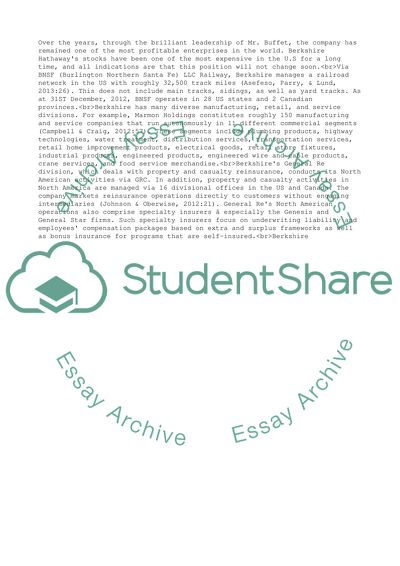Cite this document
(Contemporary Business Issues (Barkshire Hathaway) Essay, n.d.)
Contemporary Business Issues (Barkshire Hathaway) Essay. https://studentshare.org/business/1864883-contemporary-business-issues-barkshire-hathaway
Contemporary Business Issues (Barkshire Hathaway) Essay. https://studentshare.org/business/1864883-contemporary-business-issues-barkshire-hathaway
(Contemporary Business Issues (Barkshire Hathaway) Essay)
Contemporary Business Issues (Barkshire Hathaway) Essay. https://studentshare.org/business/1864883-contemporary-business-issues-barkshire-hathaway.
Contemporary Business Issues (Barkshire Hathaway) Essay. https://studentshare.org/business/1864883-contemporary-business-issues-barkshire-hathaway.
“Contemporary Business Issues (Barkshire Hathaway) Essay”. https://studentshare.org/business/1864883-contemporary-business-issues-barkshire-hathaway.


